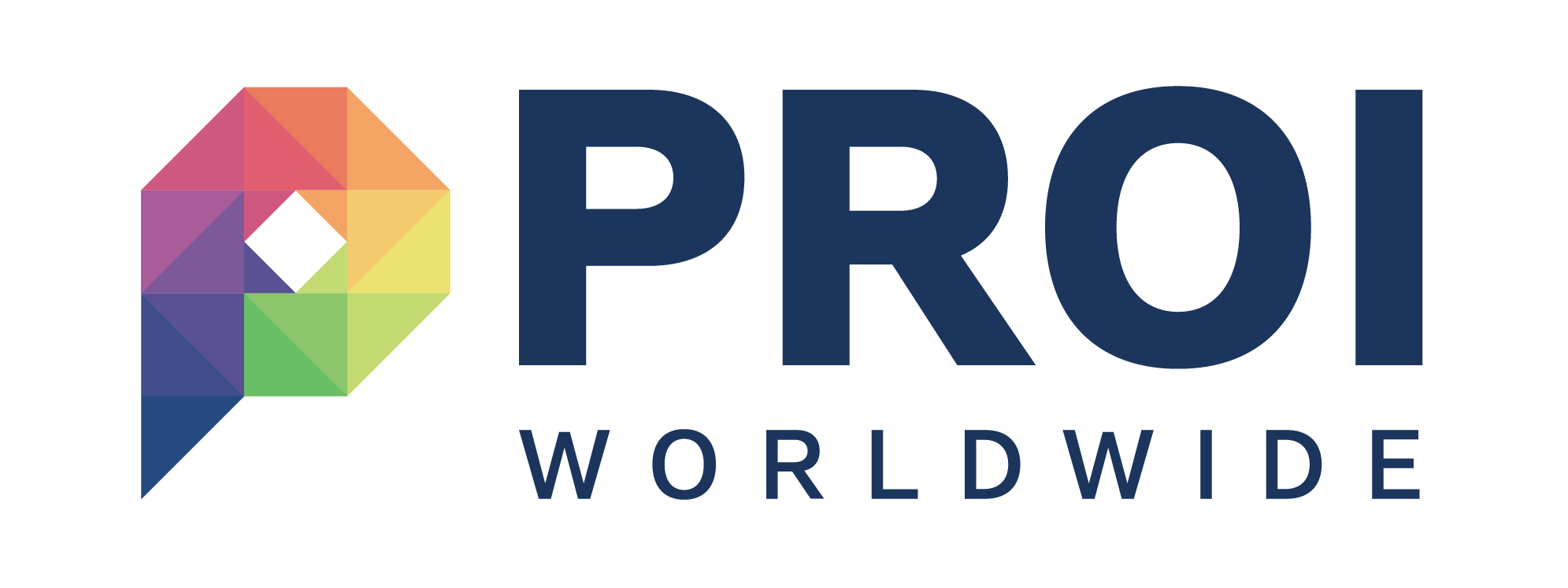Article: Presenting your offering
Author: Simon FryerDate: Simon Fryer
Offerings to gods have been a part of human history for as far back as you care to go. Brand offerings to consumers, not so much. But in recent years, as new technologies and shifting audience demands disrupt the standard pillars of industry, evolving and clarifying your offering to key markets has undoubtedly become more and more important.
Communication agencies have been by no means immune. Last month, Publicis CEO Arthur Sadoun said that “the future of our business lies in the convergence of marketing and business transformation”, with tech companies increasingly trying to “qualify themselves on the marketing side” while marketers try to do the same on the tech side. Even the largest agencies are having to shake up their offering in order to compete in a changing landscape, where consultancies and tech companies increasingly infringe on their turf.
This coming together is being complemented by the move within many agencies towards breaking down silos both internally and externally to add value to these offerings and make it clearer what exactly they are. You could call it necessary creative destruction – if you don’t break up the old ways of working and find improved new ones, you’re liable to being caught out by disruptors entering the market and opening up domains that once belonged exclusively to your type of organisation.
Whether it’s Amazon entering the healthcare sector, or Uber shaking up the taxi industry, an unexpected newcomer to your sector can suddenly see you looking down the barrel of obsolescence. Improving your offering – either by unifying and clarifying it or by expanding it through partnerships with other relevant industries – is critical to countering this threat and keeping ahead of the pace.
Ok, so that’s a lot of offerings to present. Let’s look at unifying and clarifying first. Whisper it, but in many ways silos can make sense. You gather your different groups of experts together – PR specialists, creative maestros, and so on – and let them do their thing, bouncing off each other and being able to interact quickly and easily.
But in reality it can frequently lead to isolation, groupthink, obstruction and a lack of clarity on a wider level. One group may not understand what another is doing, or how their work feeds into the brand as a whole. Services may not intersect as well as they should. The benefits of silos are often outweighed by the problems it causes.
Removing these barriers and bringing everyone under one figurative roof makes things easier and clearer for stakeholders and audiences. It’s not always a popular process – when Adobe first released its Creative Cloud platform, unifying its myriad software programs under one banner, many users were unhappy with the change. But the move streamlined what Adobe were offering their customers, and allowed them to embrace cloud technology, meaning they stood out in the market and were better placed to continue evolving in subsequent years.
Not everybody stayed with Adobe, just as not everybody will stay with creative agencies as they diversify further into the digital spheres or tech start-ups as they integrate with marketing services. But for those who remain, I’m willing to bet that they’ll find new options available to them, while Adobe staff suddenly found they had an easy and sleek way of presenting what they did. No need to try and reel off how the various independent combinations of Photoshop, Premiere, Illustrator and Animate might work for you. Just buy in to the Cloud, and everything flows naturally from there. We did the same with our own approach, ensuring that everything from PR to web design to creative was encapsulated by our ‘Strategy, Creativity, Activation’ offering. It keeps it simple for clients, who see a clear and unified service rather than a disparate set of different technical skills.
In other words, service integration isn’t just about protecting yourself from competitors. It can also be a boon for clarity, both internally and externally. And it turns what may have been a loose collection of services into a single, cohesive offer that can be easily described, marketed and sold.
Then there’s partnerships with other industries to give yourself the expertise to excel in a diverse set of sectors. Last year, for example, Deloitte snapped up design consultancy Market Gravity and creative agency Acne as part of a $1.2bn acquisition spree by itself and other big consultancies – a spending increase of 134% on 2016. It gave them a more comprehensive package to offer to clients, and insulated them against potential change on the horizon.
Similarly, our partnership with MAPP provided us with access to advanced email marketing tools that have enabled us to take our digital marketing up a notch. MAPP have simultaneously been adding to their leading-edge technology with more marketing offerings that have facilitated a more comprehensive and integrated approach to engaging with customers.
All of this requires marketers to continue to be agile and responsive to the changing demands of our industry. It’s not necessarily easy or painless, but to ignore it is to face being extinguished by a tide of new competitors who are willing to do things differently. Convergence and unity is the future – we’ll need to work together to stay on top.
View PDF Version
